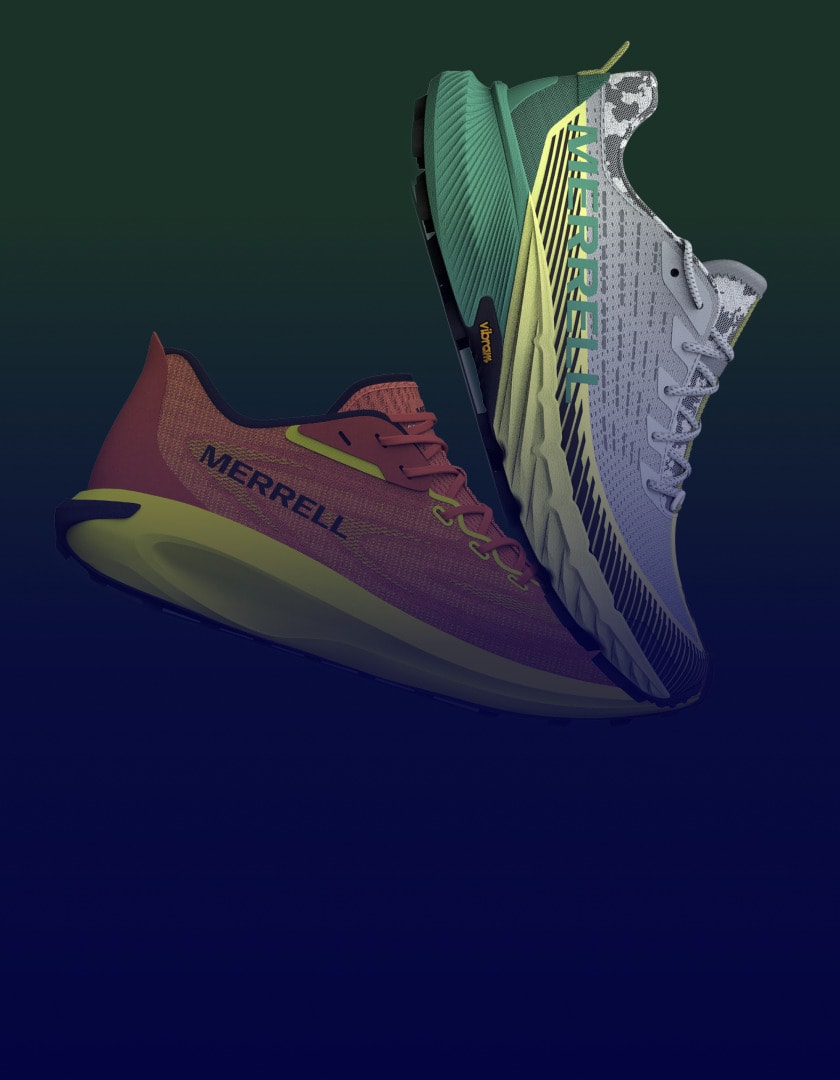Solutions for Workers on the Move
Targus was formed in London, UK in 1983 and counted emerging computer giants such as IBM among its first customers. Known for producing the original laptop case, Targus has been in the business of providing equipment and accessories for the mobile workforce ever since.
Today, Targus is a US-based global brand that makes ranges of laptop bags, tablet cases, backpacks, computer peripherals and docking stations to support workers on the go across the world. Targus aims to advance the mobile accessories category with cutting-edge, quality- made, productivity-boosting solutions to support large enterprises and end users alike.
Targus now has 45 offices worldwide, coordinated from company headquarters in Anaheim, California, and has thriving B2B and B2C channels with direct distribution in over 100 countries. Since 2016, Targus works with 90% of Fortune 1000 companies and is the case manufacturer for eight of the world’s top ten laptop computer Original Equipment Manufacturers (OEMs).
Seeking Centralization
The ability to work across many regions is a key element of Targus’ success. However, it brings unique challenges.
“We began conversations about the need for Product Lifecycle Management (PLM) at Targus about six years ago,” explains Prashant Urkudey, Director of IT at Targus. “While most product development happened in our US headquarters, regional offices also did some of their own product development. Everything would go through our central procurement team, based in Hong Kong and Shenzhen, who had to juggle and prioritize projects across all of our regions.”
“We needed a central tool to give our procurement team visibility of all the projects in development globally and we began researching PLM solutions. However, we soon realized that there were significant differences in our operations across the globe and it would be difficult to immediately bring in a standardized software solution.”

Targus created an interim homegrown solution as a stepping stone on the journey towards PLM. People got accustomed to the discipline of using a central digital location, and based on that experience, Targus began the search for a PLM solution that could handle the company’s globalized structure and variety of products.
As Urkudey says, “There were several challenges we aimed to solve with PLM. We wanted to bring global practices in-line across our regional teams. There will always be some regional differences but we wanted to create as much commonality as possible. We needed a single source of the truth for product information, which could vary for the same product across different regions. Critically, we wanted to get a handle on our raw materials and suppliers by building a materials library.”
Apparel Has the Answer
Targus researched a variety of systems and quickly realized that many were primarily intended for manufacturers. Targus designs and develops products but works with suppliers on the manufacturing side.
“We realized that the answer lay in the apparel world,” says Urkudey. “Developing footwear or outdoor gear, for instance, is similar to our product development operations in terms of design complexity, material variety and communicating with suppliers.”

A leader in PLM for apparel quickly emerged: Centric Software.
As Urkudey notes, “We knew that the right PLM provider would be able to share best practices from their experiences with other partners and Centric has a wealth of specialized knowledge. When we selected Centric, we asked them to question us constantly to make sure we were optimizing the system. Centric PLM™’s configurability, user-friendliness and flexibility were other key factors in our decision.”
Centric Drives Collaboration
Targus kicked off their implementation of Centric PLM in early 2017 and went live during a time when the company was also reorganizing their business structure.
Targus’ new global product management and development teams research and develop products as a central effort and regional product teams curate from the global roadmap, only launching a portfolio based on regional needs. Global product teams are now able to work more closely with procurement teams in getting the products developed, leveraging PLM as the common tool.
“This is where Centric PLM has really made a difference,” explains Ron DeCamp, Vice President, Global Product Management & Development.
Because teams collaborate across 5 major offices in 4 different time zones plus all the regional sales offices, days were lost in the past waiting for replies to emails and updated spreadsheets. Now, once information is uploaded in PLM, it appears instantly for our users everywhere.
“There is a single source of the truth, eliminating discrepancies in product descriptions and codes that crept in when regional teams worked separately. It saves us time and reduces the redundancy of creating the same product in multiple places.” Crucially, Targus’ procurement team has gained better global visibility of all the items in development at any time across regions and the related priorities. “Centric PLM supports our procurement team in prioritizing projects based on timelines, material availability, sampling decisions and other criteria in order to avoid bottlenecks,” says DeCamp. “The team does not have to manage competing demands of regional markets in the dark or combine five different spreadsheets from five different offices for complete portfolio.” Urkudey concludes, “We had a long journey to PLM and we still have many steps to take on the road ahead, but with the global visibility and support that Centric gives us, we can meet these challenges with clear communication, faster decision-making and confidence.”
New to Centric PLM? Learn more
Centric AI Fashion Inspiration Learn more
What is Centric Pricing & Inventory? Learn more
What is Centric Market Intelligence? Learn more
Centric Visual Boards Learn more
















